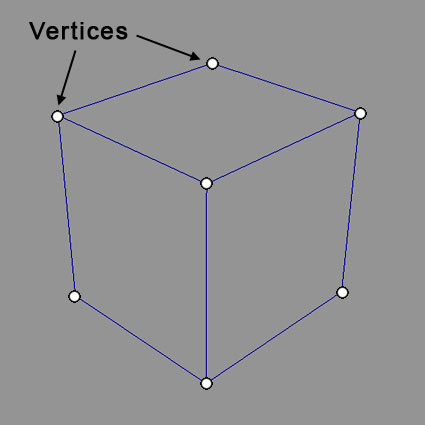Graphics Beginners' Guide, Part 2: Graphics Technology
Glossary Of Basic Graphics Terms
Refresh Rate
Just like movies or television, your computer simulates motion on your monitor by displaying a series of different images. Your monitor's refresh rate is the amount of times that the graphics card will update this image every second. A refresh rate of 75 Hz means that the monitor image is refreshing 75 times per second.
Refresh rate problems may arise in a video game when the computer is processing frames faster than the monitor's refresh rate. For example, if the computer is fast enough to process 100 frames per second, and the monitor's refresh rate is 75 Hz, there will be times when a frame is calculated and is displayed halfway through one of the monitor's refreshes. This can cause "tearing" or "artifacts," which is a nuisance.
As a solution, V-sync (short for vertical synchronization) can be enabled. This limits the frames the computer processes to the exact refresh rate of the monitor, and prevents artifacts. For example, with V-sync enabled the calculated frames in a game will never exceed the refresh rate. A 75-Hz refresh rate would limit the computer from calculating more than 75 frames per second.
Pixel
Pixel stands for "picture element." It is simply a small dot of graphical information on your display - the representation of a color (for most purposes these are values of red, green and blue). If your screen resolution is 1024x768, your screen shows a grid of 1024 pixels wide by 768 pixels high. You see the image on your screen when all the pixels are shown together. The displayed content updates between 60 and 120 times per second depending on your display type and the amount of data generated by the graphics card and output. CRT monitors draw the complete display line by line while flat panel displays can update each pixel individually.
Vertex
All objects in a 3D scene are made up of vertices. A vertex is a point in 3D space with X, Y, Z coordinates. Multiple vertices joined together (at least three of them) build a polygon that can be as simple as a triangle, a cube or a more complex shape. A texture is then applied to it to make this element (or a number of aligned elements) look real. The 3D cube pictured above is made up of eight vertices. More complex objects may appear to have curved shapes, which you can achieve by using very large amounts of vertices.
Get Tom's Hardware's best news and in-depth reviews, straight to your inbox.
Don Woligroski was a former senior hardware editor for Tom's Hardware. He has covered a wide range of PC hardware topics, including CPUs, GPUs, system building, and emerging technologies.
-
I am wondering why there is such a thrill among the community for graphics card. I understand that it improves your viewing experience drastically, but at a large expense of your pocket. And new cards come almost every month or may be more often.Reply
Even if you think that you are going to spend all that extra money and go for the best card, its going to be oudated soon. So please help me understand the rationale behind the market and who are all the market.

